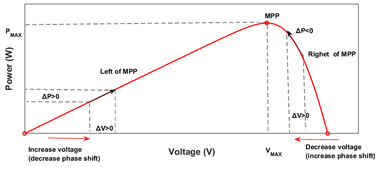corporal_Canada
New Member
Hello I am a french canadian living in the philippines plenty ofsun here got a solar panel 300 watts connected to a chinese very small wallet sized charge controller and that is also connected to a 12v 100 amp hour car battery also connected to a 1,000 w chinese sine wave inverter, i'm not sure how to set it correctly because there's only three buttons there's power going to the charge controller was tested at 12 something volts and 12 or 14 volts going to the battery but to the load side not even one volt.
..... I would demonstrate a photo of what everything is connected but if I show you, you would all panic and freak out at the amount of cable going all over the place, did I do something wrong ??
..... I would demonstrate a photo of what everything is connected but if I show you, you would all panic and freak out at the amount of cable going all over the place, did I do something wrong ??



